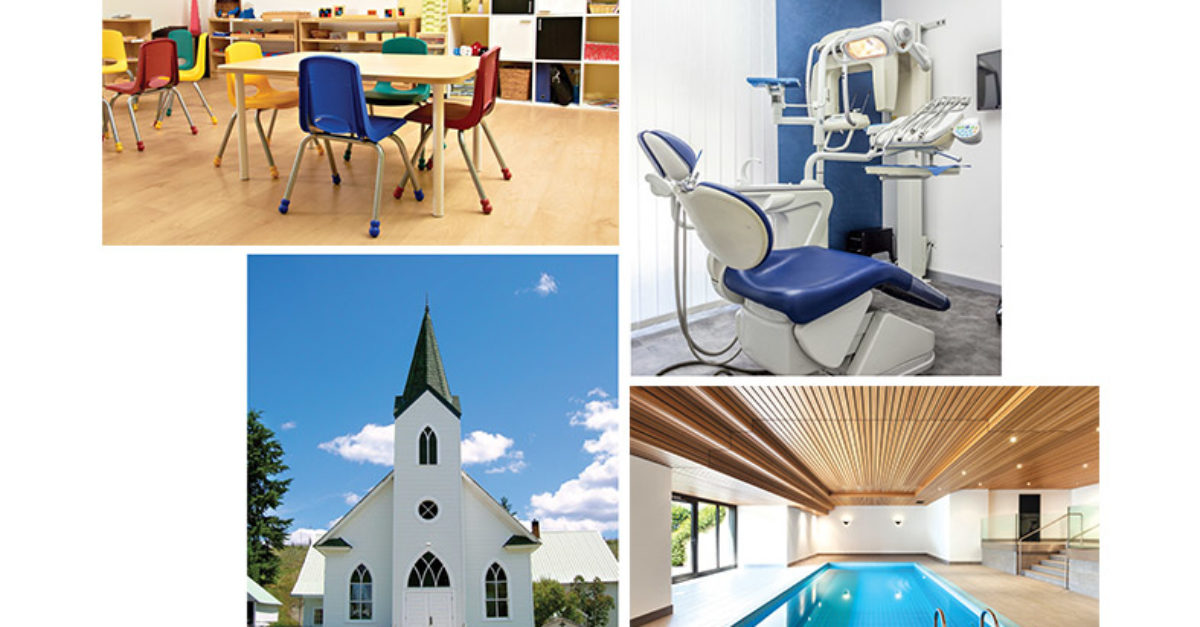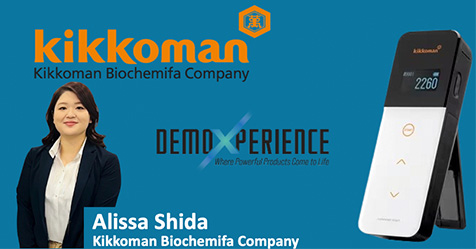The Southern Ute Indian Tribe government campus in Southwest Colorado, has two medical clinics, one for walk-in medical issues and another for dental and optical services; a Montessori academy for grades pre-K through 6; a chapel with a multipurpose facility; a community center with full gym and indoor swimming pool; and a museum with a cultural center. Add to that the industrial park with motor pool, fire station, agricultural center, and numerous administrative office complexes, and there are a lot of different balls to juggle in keeping the campus well-maintained and clean.
Managing a multiple cleaning environment campus can be a daunting task. In the fog of the early morning mist, managing a campus like this can be overwhelming; however, the mist will eventually clear if you have an appropriate plan in place. Here are some considerations on how to divide and conquer your team’s cleaning efforts both efficiently and effectively.
Separate and Categorize Environments
Which facilities on your roster are alike and which are different? With this question in mind, organize your cleaning schedule by facility type. For me, I generally put the clinics together; the industrial areas together; the office areas together; and then the school, multipurpose, and community centers together due to the diversity of people in and out of the buildings. Lastly, the museum and cultural center are grouped together, because they are in the same complex and have similar light-duty usage.
Determine Requirements for Environments
No two facility types are created equal. As Joel Craddock from Doc’s Facilities Solutions in Rochester, NY, has written, “You should not consider medical facilities as ‘spray and wipe’ environments,” and I wholeheartedly agree. Proper disinfection should be top of mind, and making sure the exam rooms are safe for occupancy is of utmost importance.
The tribe’s dental office does not require the same amount of work as a medical exam room, because it is generally kept clean and the patients are generally well, but the staff does utilize the same cleaning processes in this type of environment. Using trained environmental services technicians is highly recommended for these areas.
Then the athletic facility and the school are grouped together for two reasons:
- 1.The diversity of people, young and old, and their various states of wellness
- 2.The threat of MRSA, a life-threatening antibiotic-resistant infection, in these types of facilities.
Adding to the regular scope of work in these places, there is also an opportunity for midday sanitizing efforts by a day porter—or daytime cleaner—in addition to regular cleaning staff.
The offices and the industrial park complexes require more routine care, with extra consideration for stain removal from food environments as well as areas with the propensity for extra soiling.
Cleaning Chemical Consideration
Because the Southern Ute Indian Tribe strives to have a green program and has multiple buildings on campus that are certified with the Green Clean Institute, it is important to consider which cleaning chemicals are used in each of the facilities. The chemical choices are both more complex and simpler with a steady eye on effectiveness.
There are many broad-based disinfectants, whether acid-based, alkaline-based, or peroxide-based, that are both safe and effective for multiple types of environments. Finding an effective product that can cover multiple bases will help to cut down on costs, confusion, and complicated staff training. Additional consideration should be given to using an engineered water system, as well, ensuring the staff has been trained to understand proper dilution for the task and particular cleaning environment at hand.
Broad-Based Infection Control Measures
Constantly ask yourself the following: How can we effectively reduce germs in this environment—right here, right now? Here are some efforts we have put forth that can apply to any facility on a multiple-use campus.
- Copious use of hand sanitizer stations. Stations should be in plain sight—lobbies, hallways, restrooms, meeting rooms, etc.
- Soap dispensers at every water source. Also implement ongoing handwashing education for building occupants. Yes, even the grown kids need reminders.
- High-touch cleaning efforts. Have your cleaning professionals pay extra attention to workstations, door knobs, banisters, eating areas, and water fountains. These types of high-touch surfaces exist in every building.
- Indoor air quality improvement. What can you do to reduce and or remove pollutants as well as malodors? Integrating both passive as well as active indoor air quality systems will help improve building occupant health.
- Check your results. Use an adenosine triphosphate (ATP) meter to check infection control and disinfection results.
Training
After all my years in custodial services, I have confidence that your staff wants to do a great job. To accomplish this, they need proper training to give them the skills, know-how, and abilities to get each task right—no matter the type of facility they are assigned on your campus.
There are many good training programs that are readily available and affordable, either web-based or in-person, at your facility or off-site. Training components should include:
- An explanation of the chemistry used in your facilities
- Proper dilution ratios for each product, even if using auto dispensing equipment
- Processes used in your environments
- Training on the proper equipment used for each specialty particular to each building.
If your processes stand the test, then you will be saving, or reinvesting, your labor to more impactful tasks, thus completing more work with the same number of employees.
Enjoy the View
On the Island of Oahu, HI, are the Haiku stairs, or “stairway to heaven.” From the vista you have one of the most beautiful views in the world. How do you get to the top? Step by step.
There are about 4,000 steps on the stairway to heaven, and it will likely feel that there are just as many steps to manage the cleaning requirements of so many diverse buildings and their uses. But take courage. Step by step you will get there and when you do, take time to relax and enjoy the view.




